For us cat lovers, we typically are drawn to the big cats of the wild as well. If you were to ask me what my favorite was, it would honestly be hard for me to choose. But I will say, there is something about black leopards that I have always been fascinated with. Their lovely eyes, those magical spots, and those strong, solid bodies are something that I always marvel at.
For British wildlife photographer Will Burrard-Lucas, he discovered an extremely rare sight recently that has been something of folklore and myth for decades: a wild African black leopard.

PHOTOGRAPH BY WILL BURRARD-LUCAS, CAMTRAPTIONS
The female cat (whose black spotted coat comes as a result of melanism), appeared out of nowhere at Laikipia Wilderness Camp in Kenya. The rare and stunning sight was captured with professional camera traps, known as camtraptions.

An image of the camtraptions used in Kenya to capture the rare and elusive black leopard, courtesy of Will Burrard-Lucas Photography
Melanism is the opposite of albinism, and is classified as an extremely rare condition. The dark coloring occurs when the body produces an excess of the dark pigment which colors the fur/skin.

Photographed with a Camtraptions camera trap. Laikipia Wilderness Camp, Kenya. Photo Courtesy of William Burrard-Lucas
The black leopard sighting came as a pleasantly unexpected surprise to Burrard-Lucas.
He wasn’t even sure if he’d capture much during his journey to Kenya. After following leopard tracks and meeting with locals who had seen the animals, Burrard-Lucas set up a Camtraptions camera trap.

Photo property of Cole and Marmalade / Cat Man Chris Poole ~ Saber, Black Leopard at Big Cat Rescue, Tampa, FL
In the hope of photographing the animals at night, the trap camera included wireless motion sensors. For days he saw nothing, and then things changed drastically:
“I had a quick look at the last trap, not expecting to find much,” Burrard-Lucas wrote on his blog. “As I scrolled through the images on the back of the camera, I paused and peered at the photograph below in incomprehension. A pair of eyes surrounded by inky darkness … a black leopard! I couldn’t believe it and it took a few days before it sank in that I had achieved my dream.”
Just look at those piercing eyes!!

PHOTOGRAPH BY WILL BURRARD-LUCAS, CAMTRAPTIONS
For someone that dedicates their entire life to respecting wildlife and their place in our world–and hopes to capture them from a safe and respectable difference–this sighting is nothing short of a lifetime achievement. This past Monday, the photos were shared with the world via National Geographic. We couldn’t be more in love with their raw beauty!

PHOTOGRAPH BY WILL BURRARD-LUCAS, CAMTRAPTIONS
This is one black cat that certainly brings good luck. These photos have confirmed what wildlife enthusiasts have speculated for decades!
Throughout history, only a single sighting of a black leopard has been photographically documented. It was a 1909 photograph taken in Addis Ababa, Ethiopia. It’s now stored in the collections of the National Museum of Natural History in Washington, D.C.
Many believe their beautiful black coat gives them an advantage when it comes to hunting.
It also provides protection from human sightings. Heartbreaking stories of poachers in Africa pains us deeply–because no real man (or woman for that matter) should ever pride themselves on killing a big cat.
It seems that the fascinating legends surrounding these mysterious beauties may have helped to keep them safe from harm:
“Even when you talk to the older guys that were guides in Kenya many years ago–back when hunting was legal [in the 1950s and ‘60s]. There was a known thing that you didn’t hunt black leopards. If you saw them, you didn’t take it,” says Dr. Nicholas Pilfold who serves at the San Diego Zoo Global as a Scientist in Population Sustainability.
No one but the black leopards know if there are more sightings like this in store for us.
In the meantime, we hope that they are safe from harm and able to enjoy their secretive life they’ve been living. Even if it means we won’t get a chance to see them again, their safety and place in our world is more important than interfering with their happiness and security.
REMEMBER: BIG CATS DON’T MAKE GOOD PETS!
Related Story: Man Films Family of 4 Mountain Lions Right Outside His Window!
Related Video: Scary Fast Black Panther!


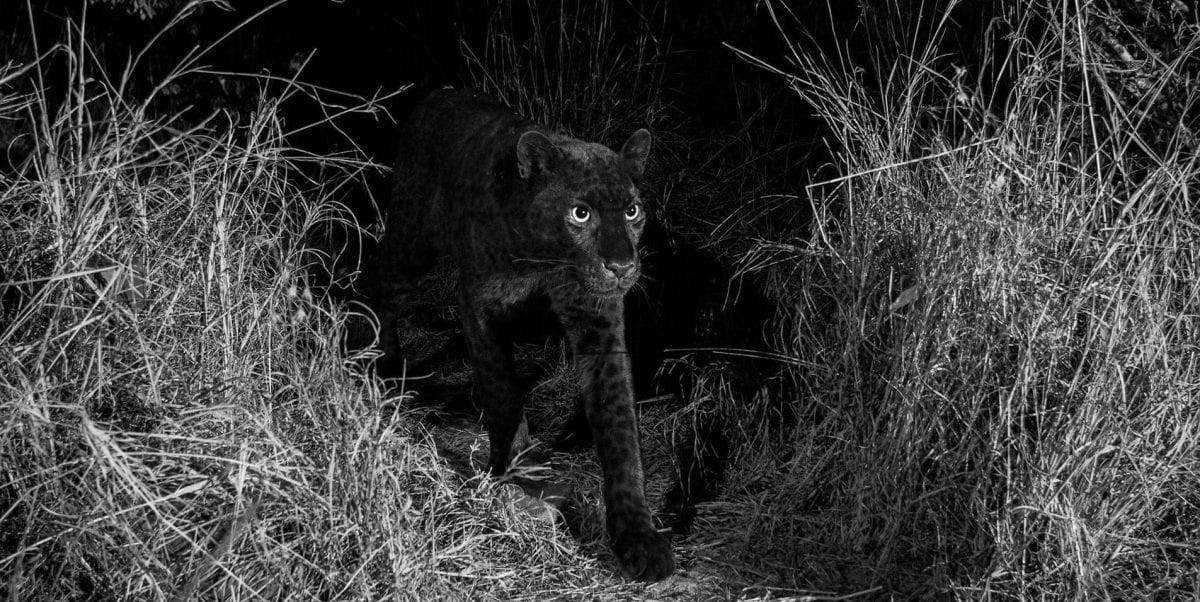

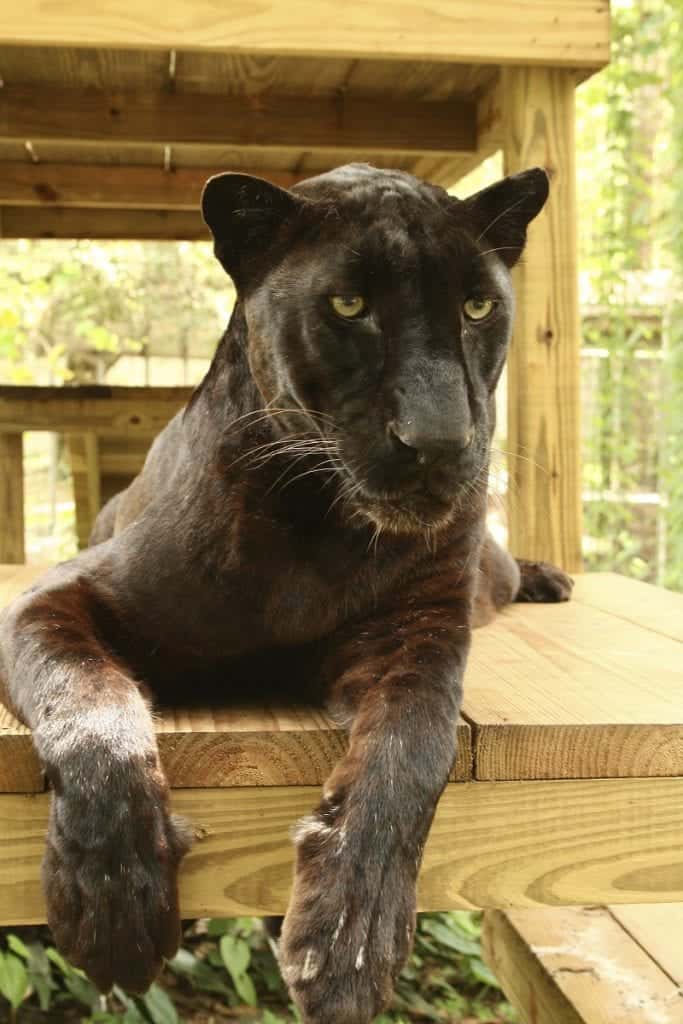
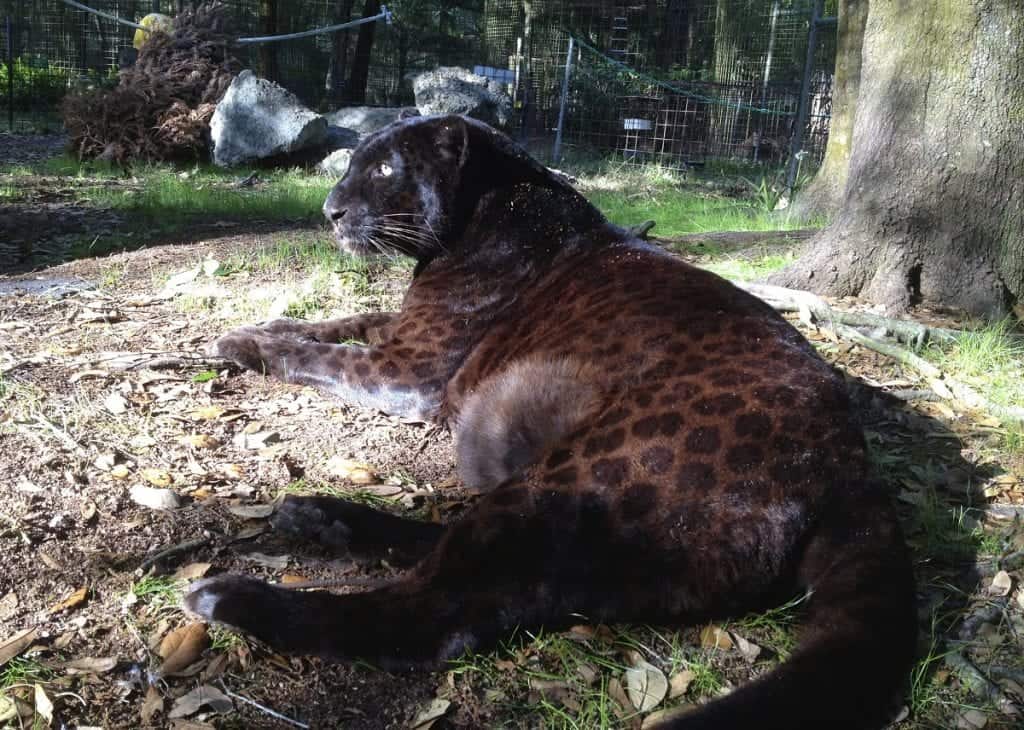


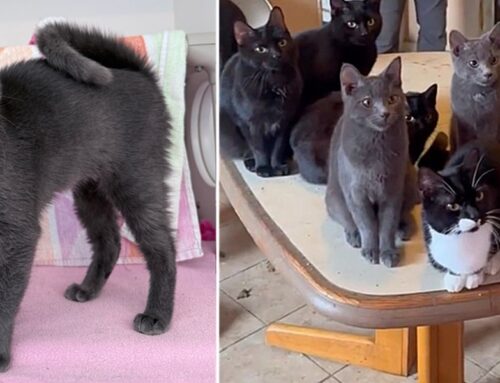
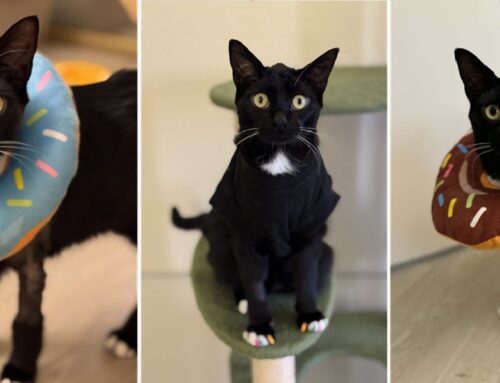
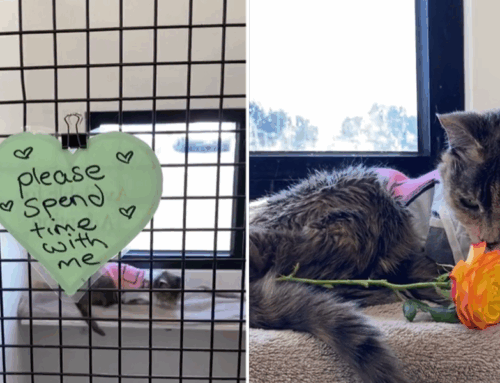
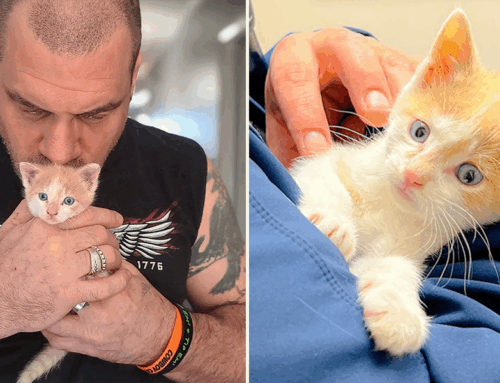
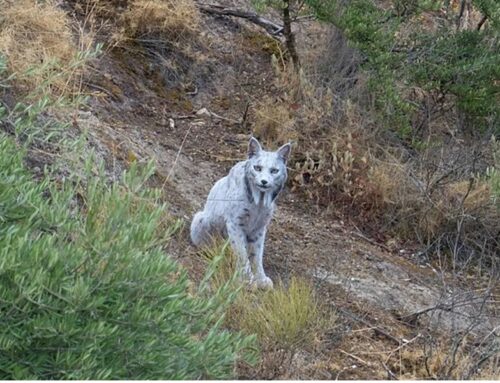
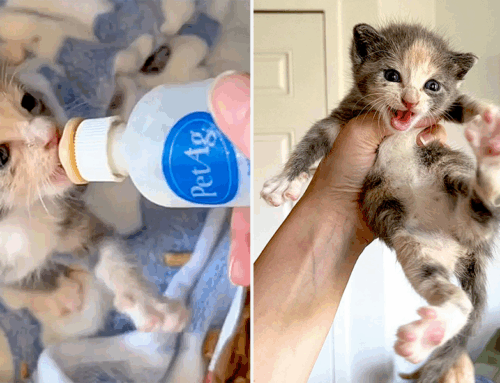
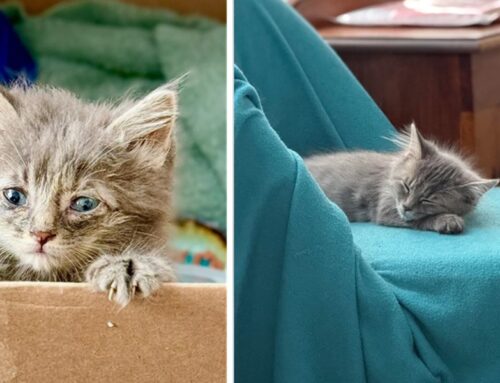
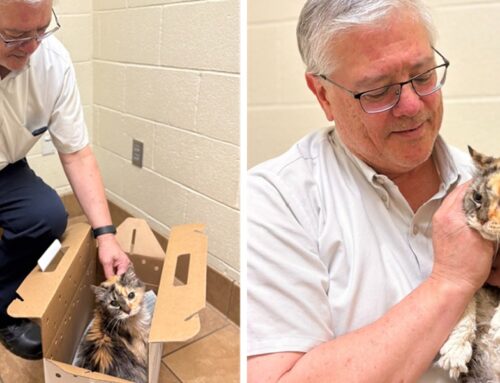

Just a stunningly beautiful animal. Hoping she lives a long and productive life.
Oh, my gosh! This is the only way wildlife should be shot, with a camera. Such amazing and incredible video and pictures.
Agreed!!!
Well, by posting this in the wide world their chances of being killed has increased.